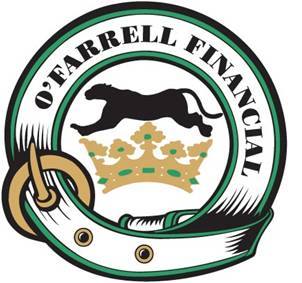by Cyndy Batchelor, Bcom, Financial Advisor, O’Farrell Financial Services
With kids heading back to school, let us now look at the withdrawal stage of the RESP. Again, we are referring to Self-Directed Plans held at banks or investment firms. One question that often comes up is does the withdrawal amount need to equal the cost of the school tuition, books etc.
The answer is NO. No one is auditing what the money that is withdrawn is spent on. It can be used for rent, transportation, utilities, tuition, books, or food.
Q: How do I get money out of the RESP?
A: Once your child has enrolled in post-secondary school (university, college, trade school), your child is entitled to withdraw up to $5000 in EAP (Education Assistance Payments) from the RESP in his/her first semester of full-time school. This portion of the payment is from the grant and growth inside the plan and is taxable to the beneficiary (child). Your child can also withdraw any amount of PSE (Post Secondary Education Withdrawals) from the plan. This portion of the payment is part of your capital and is not taxable. After the first semester, there are no restrictions on withdrawals for full time studies. Part time studies (specialty courses/programs) are restricted to $2500 per program/semester.
Q: What constitutes proof of enrollment?
A: A letter from the Registrar of the school, a copy of your child’s timetable with your child’s name, student number, and school name.
Q: What if a beneficiary does not pursue post-secondary education?
A: There are several options:
– You can wait – the plan can remain open for 36 years
– You can choose a new beneficiary – in an individual plan, this can be anyone, but if it is not a sibling under 21, the grants must be repaid. In a family plan, the CESG can be allocated to other family plan members; if over $7200, then excess grant money needs to be repaid.
– You can roll the RESP to your RRSP – the grants will be returned, the capital can be withdrawn, and the income can be rolled into your RRSP – so long as you have the room to a maximum of $50,000 per contributor.
– You can withdraw contributions anytime from the plan – however when you do so, the grants will be repaid to the government.
– You can withdraw earnings and growth – an Accumulated Income Payment. If all beneficiaries have reached the age of 21 and are not attending post-secondary education, and the RESP has been in existence for at least 10 years, you can make an AIP payment – it is taxable at your marginal tax rate plus a 20% penalty tax.
– You can roll the RESP to an RDSP – if the beneficiary has become disabled, you are able to move the Accumulated income to an RDSP on a tax deferred basis with no 20% penalty.
Have more questions? Connect with us! See our ad this week and follow our Facebook @OFarrellFinancialServicesInc.


